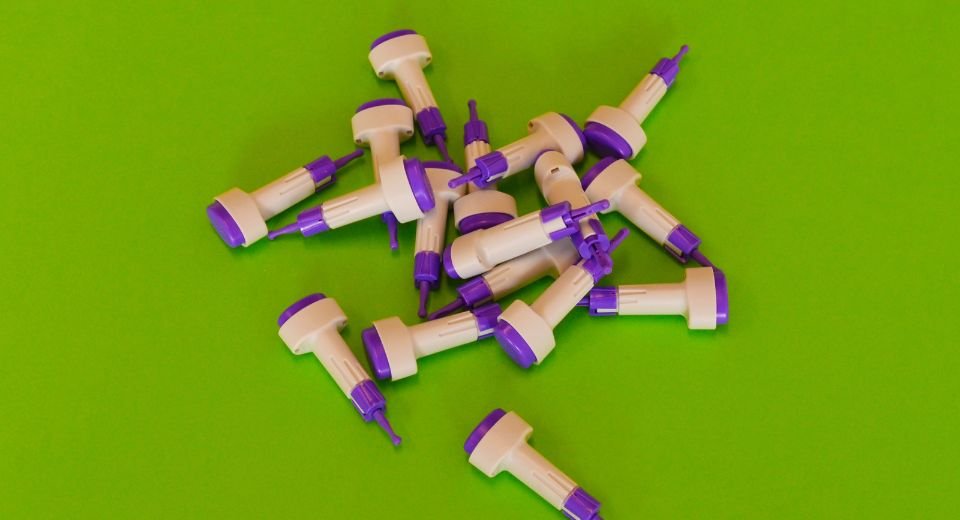Bharti Jayshankar
February 5, 2024: Scientists have developed a form of oral insulin, offering an alternative to traditional syringes or insulin pumps. The new insulin, successfully tested on animals, is set to undergo human trials in 2025.
Researchers from the University of Sydney and the Arctic University of Norway earlier harnessed nano-carriers to deliver medicines to the liver. Researchers at the University of Sydney took the research further. The found the use of quantum dots, tiny semiconductor particles, proved highly efficient in delivering drugs precisely to targeted areas without off-target effects. Quantum dots are tiny semiconductor particles with dimensions on the order of a few nanometres
Tailoring insulin delivery
The inspiration for an oral form of insulin arose from concerns raised by a geriatric doctor about elderly patients hospitalized for insulin injections. The research team developed a specialized polymer that responds to blood sugar levels, ensuring precise insulin delivery to areas of the body that need it most.
“This means that when blood sugar is high, there is a rapid release of insulin, and even more importantly, when blood sugar is low, no insulin is released,” says Nicholas J. Hunt at the University of Sydney who, together with Victoria Cogger, leads the project.
“This way of taking insulin is more precise because it delivers the insulin rapidly to the areas of the body that need it most. When you take insulin with a syringe, it is spread throughout the body where it can cause unwanted side effects,” explains Professor Peter McCourt at UiT Norway’s Arctic University. He is one of the researchers behind the study.
Clinical trials for oral insulin
Extensive testing on mice, rats, and baboons demonstrated the effectiveness of the oral insulin delivery system. The team explored various methods, including sugar-free chocolate, to administer the oral insulin, with promising results and a preference for lab-created chocolate in baboons.
Plans are underway for upcoming clinical trials, expected to commence by early 2025. If successful, subsequent trials are slated for 2026, with regulatory approval potentially sought in 2028. The oral insulin offers a more precise and easily controllable method, eliminating the need for refrigeration and maintaining cost-effectiveness.
There are approximately 425 million people worldwide with diabetes. Approximately 75 million of these inject themselves with insulin daily.
An earlier study published in November by Stanford researchers has developed a promising hydrogel-based delivery system that will potentially transform diabetes treatment. This innovative technology, tested successfully in rats, will help reduce the frequency of insulin injections drastically to only a few times a year.
The latest diabetes treatment involves drugs mimicking the glucagon-like peptide 1 (GLP-1) hormone, crucial for insulin release and appetite reduction.
The research was published in Nature Nanotechnology.









1 Comment